当前位置:网站首页>Chapter 19 using work queue manager (2)
Chapter 19 using work queue manager (2)
2022-07-06 22:36:00 【yaoxin521123】
List of articles
Chapter 19 Use the work queue manager ( Two )
Basic workflow
You can use the work queue manager by performing the following steps :
- take
ObjectScriptThe code is divided into work units , These units of work are class methods or subroutines that meet specific requirements . - Create a work queue , It is
%SYSTEM.WorkMgrAn instance of a class . So , Please call%SYSTEM.WorkMgrClass%New()Method . This method returns a work queue .
You can specify the parallelism to use worker jobs The number of , You can also use the default value , It depends on the machine and the operating system . Besides , If you have created a category , You can specify from which job Categories .
When creating a work queue , The work queue manager creates the following artifacts :
- Global variables that contain information about work queues , For example, in which namespace does the work queue run
- The location and event queue of the serialized unit of work that the work queue must handle
- The location and event queue of the completion event created when the work queue finishes processing the unit of work
- Add work unit ( Also known as work items ) Add to work queue . So , You can call
Queue()orQueueCallback()Method . As a parameter , Pass class methods ( Or subroutine ) Name of and any corresponding parameters .
Start processing immediately for items added to the queue .
If there are more items in the queue than are available in the queue worker jobs, be job Will compete to clear the queue . for example , If there is 100 Projects and four job, Then each job Remove an item from the head of the queue , Deal with it , Then return to the head of the queue to remove and process another item . This mode continues until the queue is empty .
The work queue manager uses the caller's security context when running work items .
When queuing work items , The work queue manager performs the following tasks :
- Serialize the parameters that make up the unit of work 、 Security context and class methods or subroutines , The serialized data is then inserted into the global... That lists the units of work associated with the work queue global in
- Signal events on the work queue
- If additional worker jobs And it can be used to deal with work units , Lead to worker jobs Attach to the work queue and reduce worker jobs The number of
- Wait for the work to be completed . So , Work queue can be called
WaitForComplete()Method .
The work queue manager then performs the following tasks :
- Wait for the completion event
- Display workload indicators and other outputs to the terminal
- Collect any errors related to the unit of work
- If you use
QueueCallback()Method to add a unit of work to a work queue , Then run the callback code
- Continue processing according to the application .
The following example shows these basic steps :
ClassMethod WorkJob(){
s queue = ##class(%SYSTEM.WorkMgr).%New()
for i = 1 : 1 : filelist.Count() {
s sc = queue.Queue("..Load", filelist.GetAt(i))
if $$$ISERR(sc) {
ret sc
}
}
s sc = queue.WaitForComplete()
if $$$ISERR(sc) {
ret sc
}
}
This code initializes the work queue manager , Then traverse the file list . For each file , The code adds a work queue item that loads the file . After adding all work queue items , The code waits for the work to finish .
Be careful : %SYSTEM.WorkMgr Class supports more complex workflows and methods described later in this document .
The basic method
To complete the steps described in the previous section , have access to %SYSTEM.WorkMgr Class :
%New()
classmethod %New(qspec As %String = "", numberjobs As %Integer, category) as WorkMgr
establish 、 Initialize and return a work queue , It can be used to perform parallel processing %SYSTEM.WorkMgr An instance of a class . The method takes the following parameters :
qspec- A string of compiler flags and qualifiers that affect code running in this work queue .numberjobs- Maximum parallelism used in this work queue worker jobs Count . The default value depends on the characteristics of the machine and the operating system .category- Provide the worker jobs The name of the category .
The system will not assign any work tasks to the queue when it is created . Only after adding the unit of work to the work queue , Will assign staff jobs .
Queue()
method Queue(work As %String, args... As %String) as %Status
Add units of work to the work queue . The method takes the following parameters :
work
Code to execute . Usually , The code should return a %Status Value to indicate success or failure .
If the code returns %Status value , The following syntax can be used :
##class(Classname).ClassMethodFor class methods , amongClassnameIs the fully qualified name of the class ,ClassMethodIs the name of the method . If the method is in the same class , You can use grammar..ClassMethod, As shown in the example .$$entry^rtnFor subroutines , amongentryIs the name of the subroutine ,rtnIs the name of the routine .
If the code does not return %Status value , Please use the following syntax instead :
=##class(Classname).ClassMethodFor class methods ( or=..ClassMethodIf the method is in the same class )entry^rtnSubroutinesargs
A comma separated list of parameters of a class method or subroutine . To pass a multidimensional array as a parameter , Please add a period before this parameter as usual , In order to pass .
The size of the data passed in these parameters should be relatively small , To take full advantage of the framework . To convey a lot of information , Please use global instead of parameters .
When queuing work units , The system will assign one working program job at a time , Up to... Specified when creating a work queue numberjobs Value or default value at most . Besides , The security context of the caller is recorded , Each work item runs in this security context .
WaitForComplete()
method WaitForComplete(qspec As %String, errorlog As %String) as %Status
Wait for the work queue to complete all projects , And then return a %Status Value to indicate success or failure . %Status The value contains all returned from the work item %Status Value information . The method takes the following parameters :
qspec- A string of compiler flags and qualifiers .errorlog- String of any error messages , Return as output .
Properties of the work queue
Each work queue ( or %SYSTEM.WorkMgr Example ) All have the following properties :
NumWorkers
Assigned to the work queue worker jobs Count .
NumActiveWorkers
Currently active worker The number of .
Besides , The properties of the category to which the work queue belongs determine the behavior of the work queue .
边栏推荐
- Adavit -- dynamic network with adaptive selection of computing structure
- GD32F4XX串口接收中断和闲时中断配置
- Daily question 1: force deduction: 225: realize stack with queue
- 项目复盘模板
- void关键字
- How to confirm the storage mode of the current system by program?
- The difference between enumeration and define macro
- Unity3d minigame unity webgl transform plug-in converts wechat games to use dlopen, you need to use embedded 's problem
- Inno Setup 打包及签名指南
- pytorch_YOLOX剪枝【附代码】
猜你喜欢
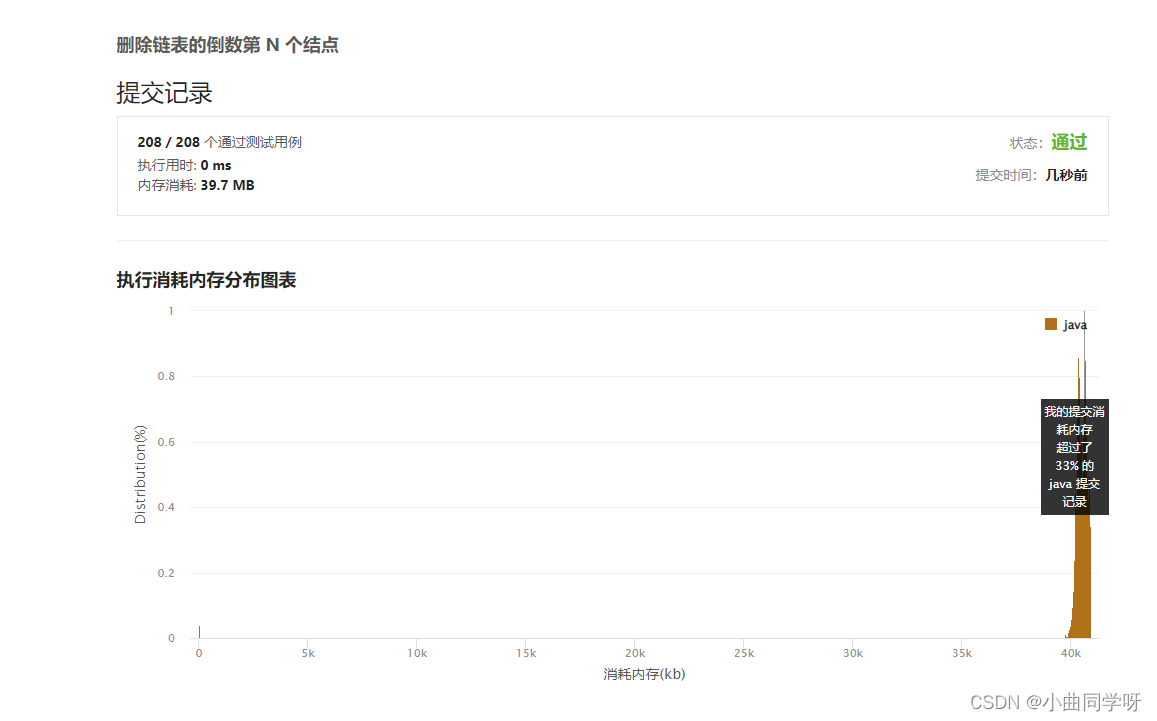
【LeetCode】19、 删除链表的倒数第 N 个结点

重磅新闻 | Softing FG-200获得中国3C防爆认证 为客户现场测试提供安全保障

0 basic learning C language - interrupt

Chapter 3: detailed explanation of class loading process (class life cycle)
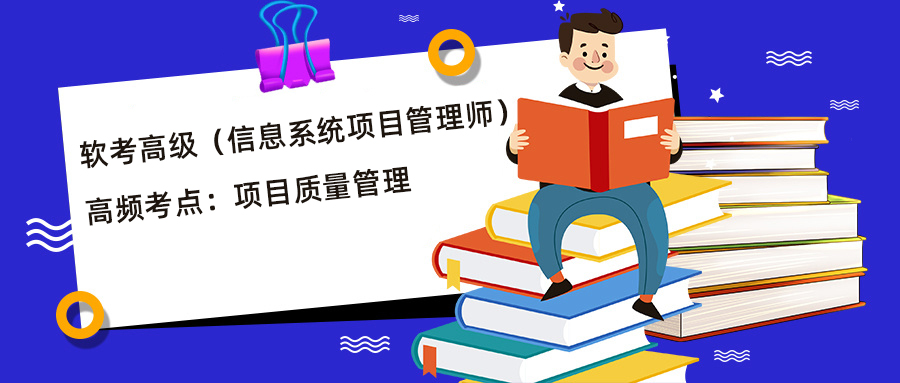
Senior soft test (Information System Project Manager) high frequency test site: project quality management
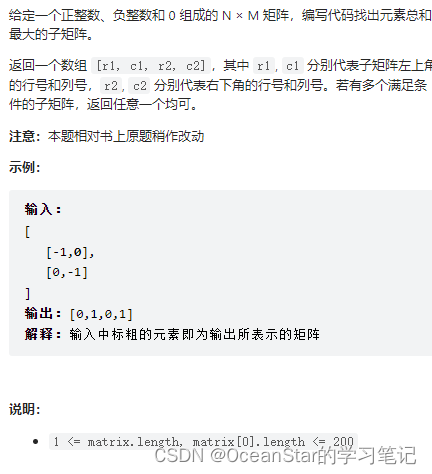
Leetcode: interview question 17.24 Maximum cumulative sum of submatrix (to be studied)
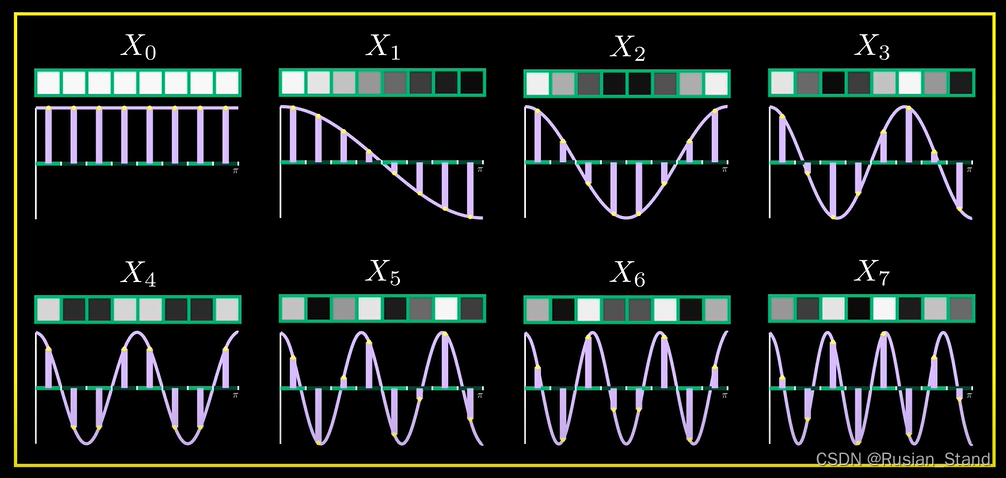
Spatial domain and frequency domain image compression of images
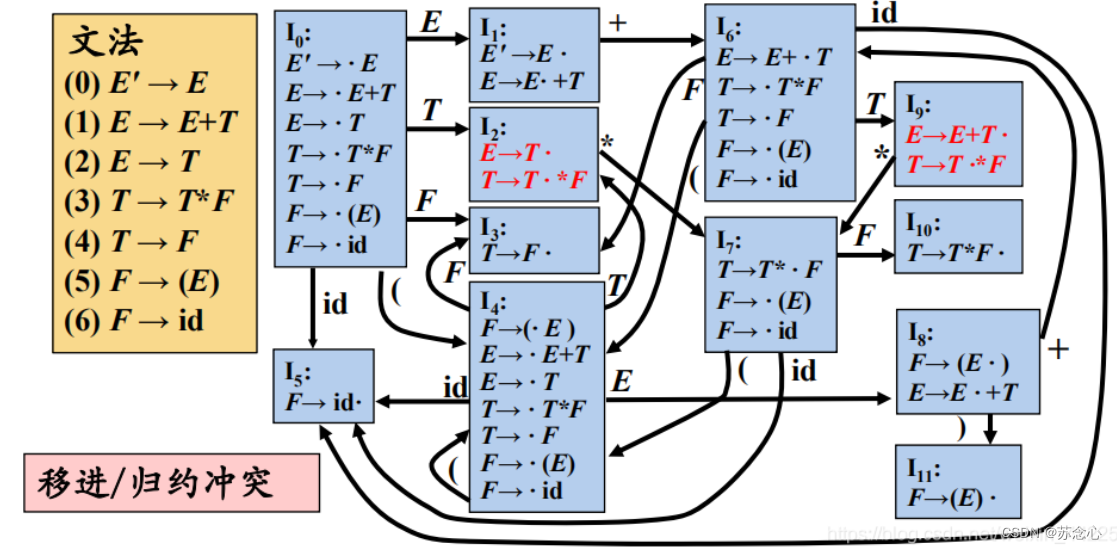
【编译原理】做了一半的LR(0)分析器
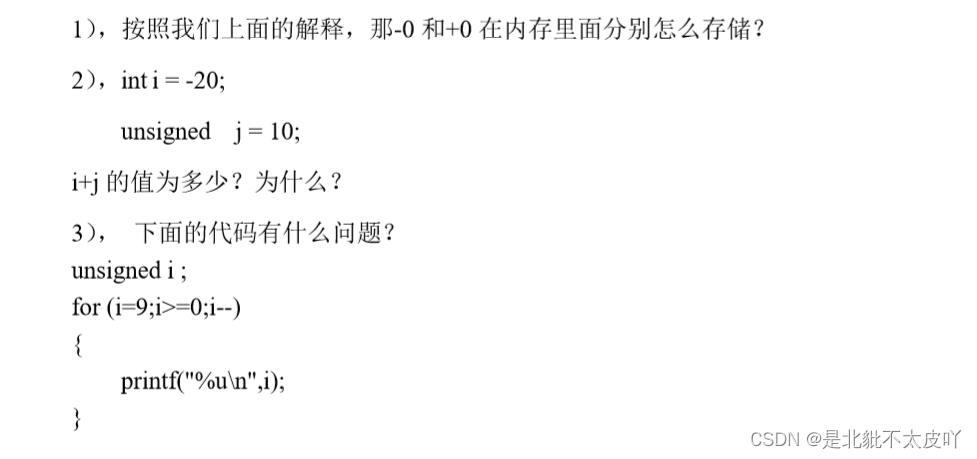
Signed and unsigned keywords
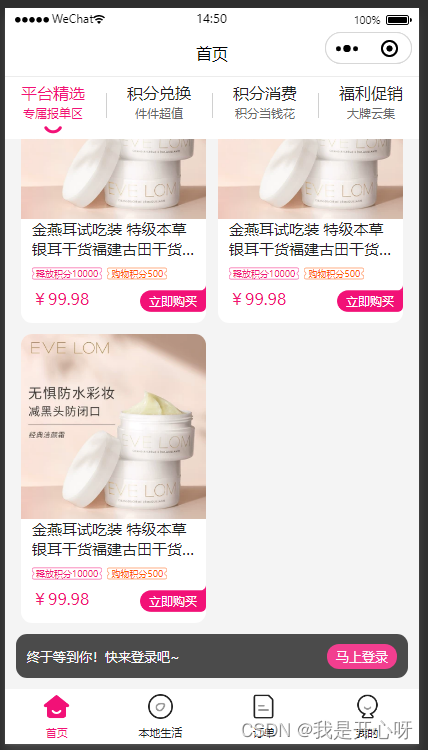
uniapp滑动到一定的高度后固定某个元素到顶部效果demo(整理)
随机推荐
【编译原理】做了一半的LR(0)分析器
NetXpert XG2帮您解决“布线安装与维护”难题
memcached
rust知识思维导图xmind
Leetcode exercise - Sword finger offer 26 Substructure of tree
树的先序中序后序遍历
OpenNMS分离数据库
项目复盘模板
Use ECs to set up an agent
POJ 1258 Agri-Net
Applet system update prompt, and force the applet to restart and use the new version
Pit encountered by handwritten ABA
将MySQL的表数据纯净方式导出
Inno setup packaging and signing Guide
What are the interface tests? What are the general test points?
0 basic learning C language - interrupt
Mysql database basic operations DML
OpenSSL:适用TLS与SSL协议的全功能工具包,通用加密库
[linear algebra] determinant of order 1.3 n
Data storage (1)